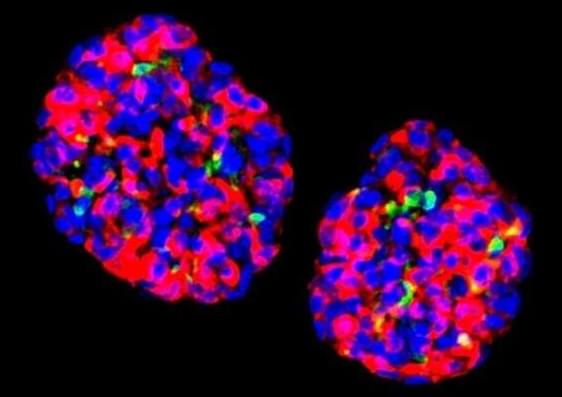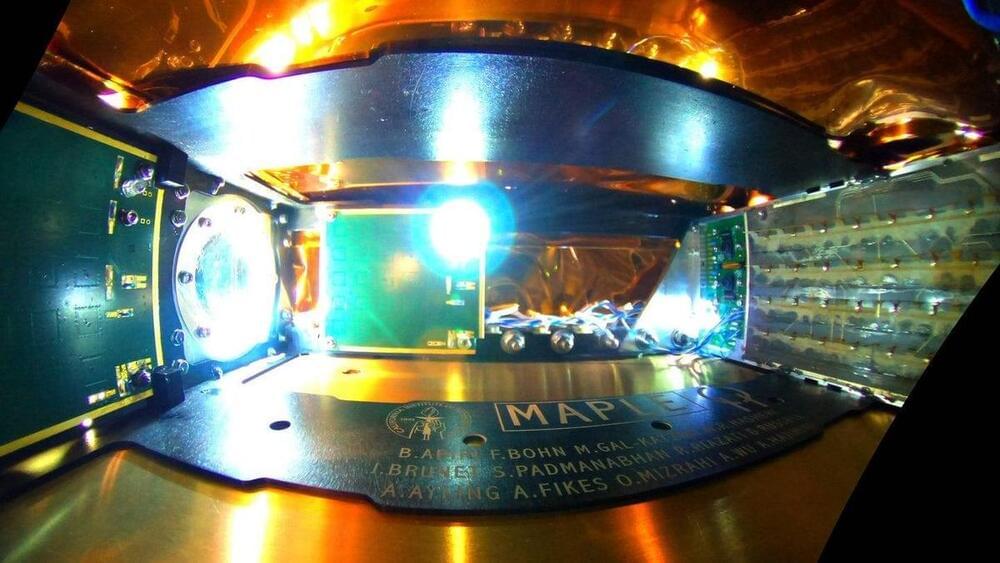Jun 4, 2023
What Is the Difference Between Convergent and Divergent Evolution?
Posted by Dan Breeden in category: evolution
The theory of evolution, worked out in the nineteenth century by Charles Darwin and Alfred Russel Wallace, with many tweaks since, is one of the most well-supported theories in science.
Evidence from a wide range of disciplines backs up the basics of the theory. Or, as paleontologist and historian of science Stephen Jay Gould put it in an essay in the May 1981 print issue of this magazine, the theory of evolution is “one of the best documented, most compelling and exciting concepts in all of science.”
For the rest of us, one interesting and sometimes confusing aspect of evolution is the difference between convergent and divergent evolution. Here’s a quick explanation.


















